Text
This ain’t Tiger King.
This clip is from the documentary about taxidermy called ‘Stuffed’. I was so honored to be a part of it and share my work on screen. If you have an interest in museums, taxidermy, animals or beautiful cinema, it’s out now streaming on Amazon Prime and on iTunes.
A big part of my work is spending time researching living animals; Watching them move, taking photos, studying behavior.
In this case, I was at Conservation Ambassadors. Basically the opposite of Tiger King. They do no breeding, no cub petting and are not open to the public. Instead, they take in animals from fires injuries, the illegal the pet trade and from Tiger King-type situations. These animals are cared for lifelong and the more social ones can be used for public education at schools.
One such soul is this Mountain Lion, Wyatt. He was 16 at the time and highly habituated to people due to his early life. You can see more about their work and donate to help them feed their animals at @conservation.ambassadors.zty
If you haven’t watched ‘Stuffed’ (and why haven’t you?!) you can get more info at @musicboxfilms and also check out our talented (and female 💪🏻) director @historyboutique .
#taxidermy#preytaxidermy#allismarkham#science#taxidermie#biology#naturalhistory#museums#stuffed movie
21 notes
·
View notes
Text
Flesh eating beetles?!
Yes! They exist and are known as Dermestid Beetles. Here they are cleaning a fox skull over 14 hours sped up.
These amazing creatures are commonly used by taxidermists, museum professionals, biologists, artists and other naturalists to clean bones.
One such artist is skeletal articulator, Gerard Geer of Australia. I was lucky to meet Gerard when we taught an articulation class at my studio a couple of years ago.
You can follow him at @articulated_imagination to see his creations if all kinds. He truly is an artist with a keen sense of anatomy and biology.
#taxidermy#preytaxidermy#allismarkham#taxidermie#science#biology#naturalhistory#museums#skeletons#skeletal articulations#skulls#bones#bone art
133 notes
·
View notes
Text
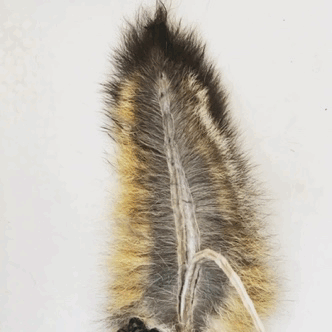
What’s in a tail? We see dogs wag them, cats flick them and Kangaroos jump with them. But what are they really?
If you look closely, you can see the tail is made up of vertebrae (caudal section), lots of tendons and even muscle tissue. The tail is an extension of the spine and has lots tight tendons; making it easy to be used as a type of rudder for the Fox. Tails have a lot of variation across species though and it’s truly fascinating to notes the differences.
Here you can see I’ve made an incision up the bottom of this Island Fox tail and have skinned it out. I’m then peeling it back for removal.
In the taxidermy mounting process, I will make a replica of the tail with wire and wrapped cotton.
I am aware that some taxidermists slide the tail out, aka ‘tubbing it’. For me, I cut it so I have full access for fleshing and tanning.
#taxidermy#preytaxidermy#allismarkham#taxidermie#science#biology#naturalhistory#museums#zoology#animalfacts
64 notes
·
View notes
Text
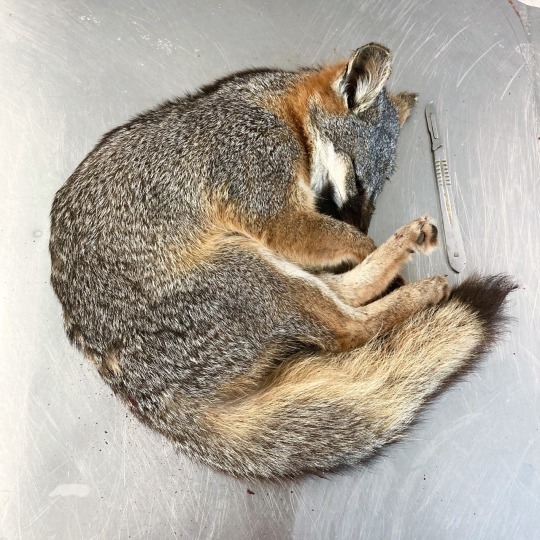
Mini fox! Meet the Island Fox. They’re basically the Corgis of the fox world because the have developed island-miniaturist aka insular dwarfism.
They are smaller with shorter limbs and even less vertebrae in their tail.
Why? Because they developed characteristics that benefited them for island living. Basically being small, low to the ground and a more veggie-heavy diet.
They descend from the mainland Grey Fox; their population floated or crossed an ice bridge to the Channel Islands of California around 10,000 to 20,000 years ago.
Over that time, they adapted into what we see today. There are six subspecies, each native and unique to their own island.
They also try to steal my marshmallows when I go camping on Catalina Island. But I don’t blame them because they’re cute. ***This is a protected and endangered species that I work on under special permits for a museum. ***
254 notes
·
View notes
Text
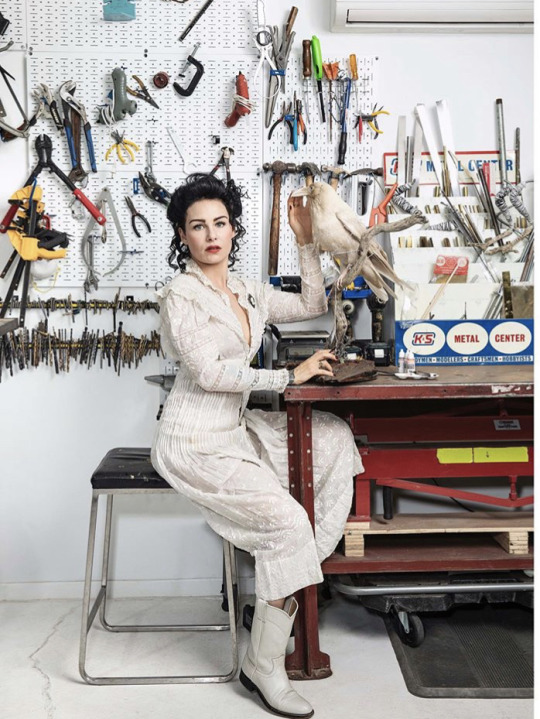
Another photo from my shoot fit The Washington Post @washingtonpostmag by @iancredible
I’m with a leusistic Raven I had been working on. Leucism is a genetic partial loss of most pigment, and does not result in the red eyes you see in albinism.
‘White Ravens’ such as this are extremely rare. I’ll share more about her once I get solo photos taken of her. In the meantime, please enjoy my ‘blue steel’ face.
#taxidermy#preytaxidermy#allismarkham#taxidermie#science#ornithology#naturalhistory#biology#museums#birds#washington post
31 notes
·
View notes
Text


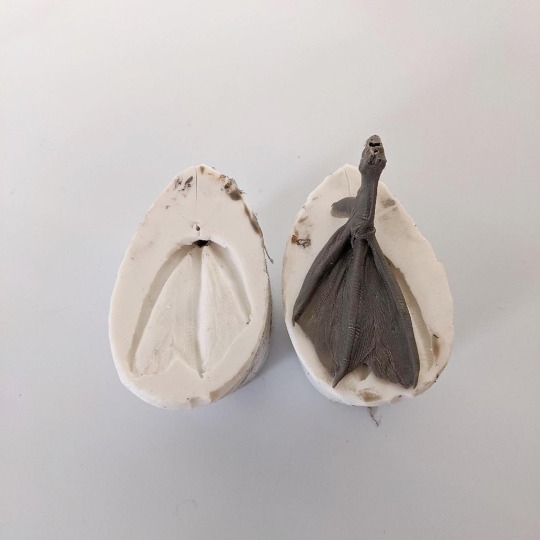
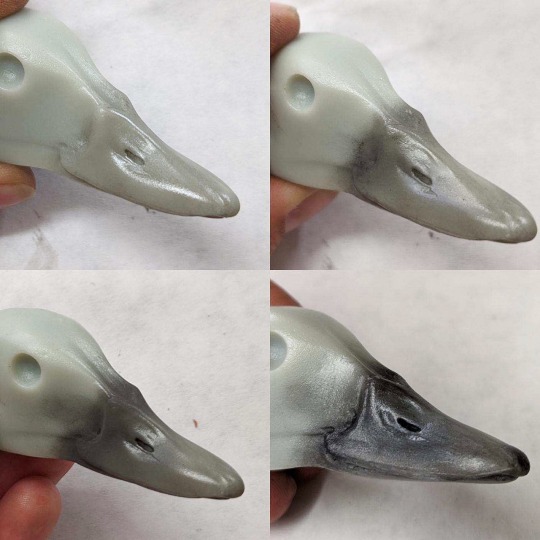

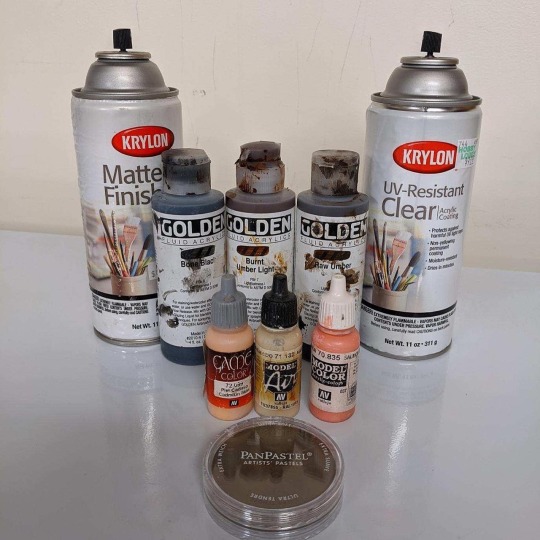
Duck, some assembly required.
Here are some process pics from Olivia Miseroy of @terrafaunadesign from The ‘Dead-Stream’ on Tuesday.
Olivia showed us how she creates and paints replica parts for taxidermy.
Replica parts are used in taxidermy for recreating fleshy areas that might shrivel or be attractive to pests.
So, we make mold of them, pour resin into those molds to create a ‘cast’ and then paint them.
Flip through to see some of Olivia’s process photos and see here favorite products.
.
#taxidermy#preytaxidermy#allismarkham#taxidermie#science#ornithology#naturalhistory#biology#museums#birds#molding
26 notes
·
View notes
Text

Who wants to learn to paint some ducks? And, why the heck would you need to paint them? And what are replica parts?
Tomorrow, Tuesday at 12pm PST we’ll be going live with Olivia Miseroy of @terrafaunadesign to answer these questions.
Olivia will take us through her replica part creation explanation and then a demo on how to use paints, dry pigments and airbrush to paint life-life effects.
Seriously her painting techniques are applicable for any artist or taxidermist.
Tune in at Instagram.com/Allis
#taxidermy#preytaxidermy#allismarkham#science#taxidermie#ornithology#naturalhistory#biology#museums#birds
7 notes
·
View notes
Text

This is my favorite human, Tim Bovard. He’s the one on the right wearing the mask. (The other one is a wax ape head but we’ll get to that in a minute.)
Tim is the Museum Taxidermist at The Natural History Museum of Los Angeles @nhmla and has been there over 35 years! He literally knows where all the bodies are buried.
Tim is also my mentor, whom I affectionately call my ‘Taxidermy Dad’. He’s become that for a lot of us; his volunteers, students at Prey Taxidermy and co-workers. I sure do miss him right now, so I was pleased as punch when I got this photo from him.
The other fella in the photo is the face of a male Orangutang that was preserved via a process called ‘wax infiltration’. It’s based on an old medical technique for preserving soft tissue by slowly replacing the moisture with wax.
It’s very complicated and finicky and we’re all going to make Tim come on my Instagram live ‘Dead-Stream’ and explain it to us one day.
I miss Tim and all of the wonderful & weird people in my life. I’m grateful for you guys more and more everyday. I know we’ll all be together again soon.
#taxidermy#preytaxidermy#allismarkham#science#taxidermie#biology#naturalhistory#museums#natural history museum of los angeles#wax infiltration#zoolology
24 notes
·
View notes
Text
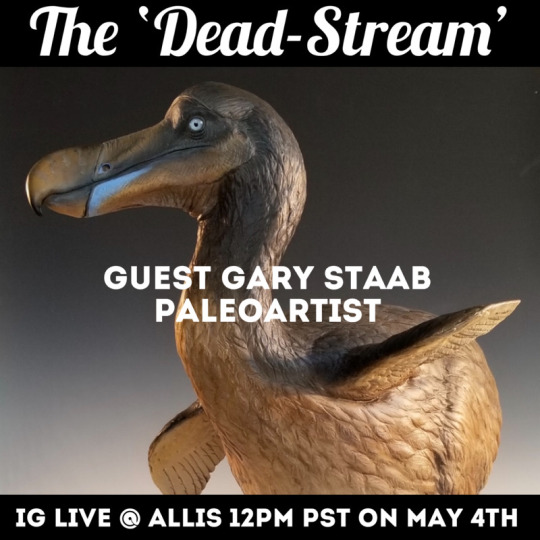
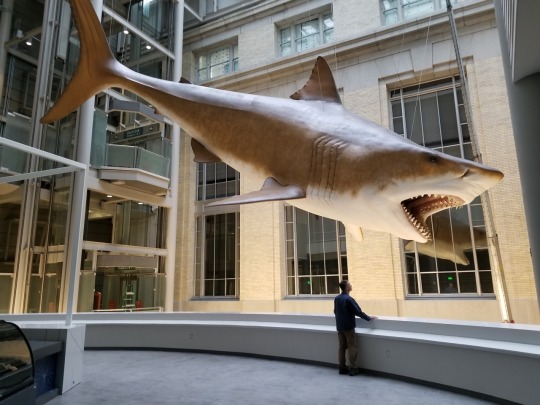

Dodos, Dinos and anything long dead can be recreated by Gary Staab of Staab Studios.
Join us on tomorrow’s ‘Dead-Stream’ Monday May 4th at 12pm pst with paleoartist, Gary Staab. You can watch here.
You can see his creations at museums the world over and also on PBS’ NOVA special ‘Iceman’.
Gary is going to take us on a tour of his studio and tell us how he takes fossils and turns them into tangible creatures. He’s like a time detective slash artist.
Join us live or watch The Dead-Stream for 24 hours after the live feed in my Stories.
#taxidermy#preytaxidermy#allismarkham#taxidermie#science#biology#naturalhistory#museums#paleontology#paleoart#garystaab#staab studios#dinosaur#mummies#iceman
8 notes
·
View notes
Text

One of my early inspirations for becoming a taxidermist was the Victorian era obsession with the art. This piece was created by me a few years ago as an homage to that era.
Victorian taxidermy is said to have been stemmed from a newfound interest in the natural world from the emerging middle class. This new middle class now had time & expendable income to collect and even create ‘parlor art’ ; taxidermy, wax flowers, shell collections, fossil collections and more.
They began collections known as ‘Cabinets of Curiosity’ inspired by their newfound ability to travel and visit museums. In fact, before the Victorian era, museums were closed spaces only accessible to members of the aristocracy, academia and other privileged classes.
Today, while museums and education are considered open to all, we must remember there is still privilege in getting access. We all have to do our part to support programs for the underprivileged and also minorities in STEM. Science and education is for everyone!
#taxidermy#preytaxidermy#allismarkham#science#taxidermie#ornithology#biology#naturalhistory#museums#birds#victorianart#victorianera#stem#inclusivity#naturalhistorymuseum
44 notes
·
View notes
Text
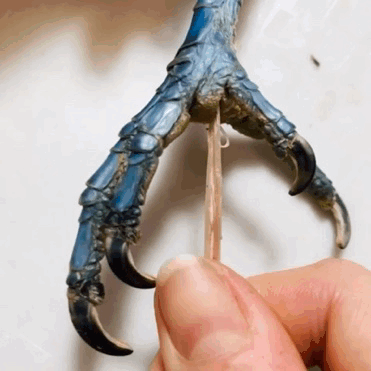
We are all just marionettes. Here you can see me pulling on the tendons of this Toucan foot and manipulating the digits. Fascinating!
I’ve pulled the tendons out of the bottom of the foot in order to remove them from the specimen. This makes room up the back of the foot for a wire in the mounting step of taxidermy.
I remember the first time I pulled the tendons on a bird. It was a hawk and the talons closed around my fingers. I jumped up and thought it was alive for a second! Today, I love showing this to students and seeing the fascination in their eyes.
#taxidermy#preytaxidermy#allismarkham#science#taxidermie#ornithology#naturalhistory#biology#museums#birds#animalfacts#bird taxidermy
692 notes
·
View notes
Text
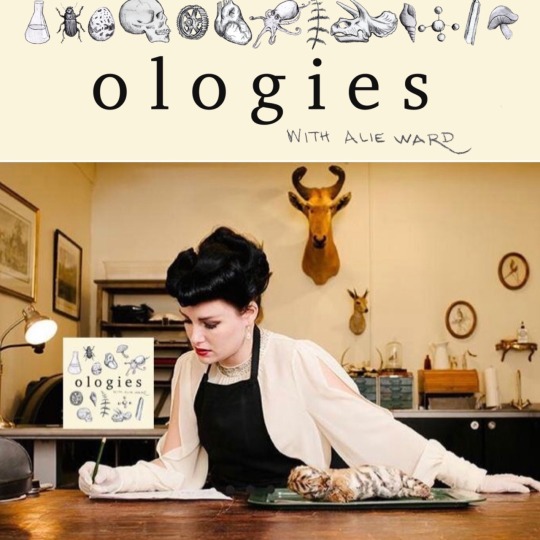
I’m beyond honored to be interviewed on my favorite podcast, Ologies.
Ologies is the creation of science educator and sassy brain-queen, Alie Ward. If you’re not already a fan, you need to get this in your ears now! Just subscribe in your preferred podcast app! Or check out this LINK
I’m talking Penguinology, Plumology, Fearology and basically any other cool science subject you want to hear. Check out @ologies and @alieward
#taxidermy#preytaxidermy#allismarkham#science#taxidermie#ornithology#biology#naturalhistory#museums#birds#ologies#ologies podcast#alie ward#nassology#natural history
16 notes
·
View notes
Text
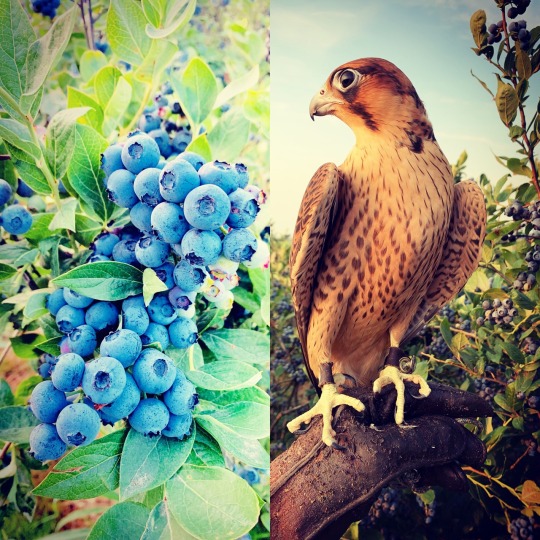
I just wanted to share about my very good friend Vahe. He is a master falconer and owner of @falconforce_falconry. In 2019 that means part of his job is providing sustainable pest management service to growers of cherries, blueberries and wine grapes.
He utilized different types of falcons/hawks for different types of jobs as well. Sometimes that means chasing off invasive Starlings from berries and other times that means clearing public spaces of pest birds.
“To watch the berries from green to the most vivid ripe blue and untouched by nuisance invasive birds in a period of 45 days is a gratifying spectacle.”
Check out his page to see beautiful photos from his work at @falconforce_falconry or head to www.FalconForce.com for falconry based bird abatement services.
#taxidermy#preytaxidermy#allismarkham#science#taxidermie#ornithology#biology#naturalhistory#museums#birds#falconry
358 notes
·
View notes
Text
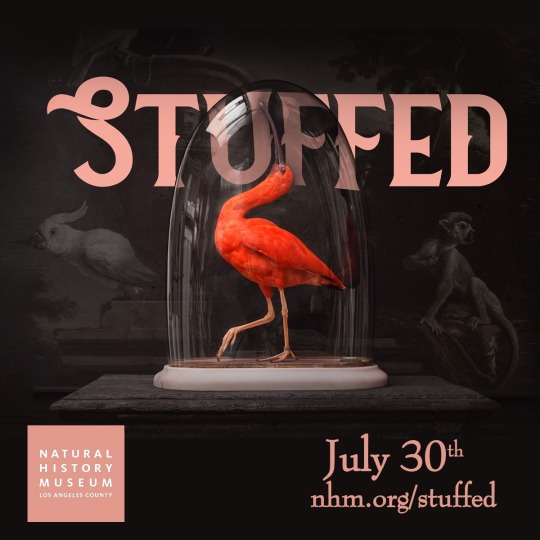
The LA premiere of ‘Stuffed’ is happening at the Natural History Museum of Los Angeles!
‘Stuffed’ is a documentary about the surprising and unique world of taxidermy by director Erin Derham. I am very honored to be featured along with many of my taxidermy & natural history family.
The night will also include taxidermy demonstrations, diorama tours, live animals and a Q&A after the film. It’s going to be wild!
Get tickets at NHM.org/Stuffed
21 notes
·
View notes
Text
Here is Olivia Miseroy posing a young Desert Tortoise for molding. Olivia uses this technique to make her gorgeous reptile replicas.
You can see where she has clay on the face to rebuild the eyelids and has inserted glass eyes. This is to ensure the eye detail looks good in her final mold.
After this specimen is posed, it is frozen and then molded in silicone.
Molding and casting are a big part of advanced taxidermy and used in many educational displays.
You can see more of Olivia’s work at @terrafaunadesign on Instagram
#taxidermy#preytaxidermy#science#allismarkham#taxidermie#naturalhistory#biology#museums#replicawork#reptile#tortoise
219 notes
·
View notes
Text

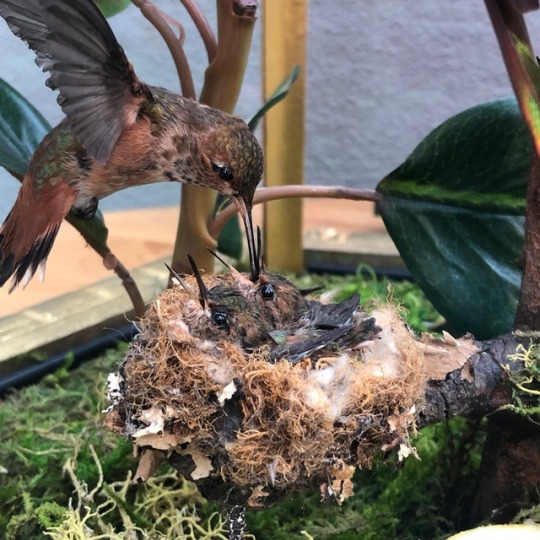

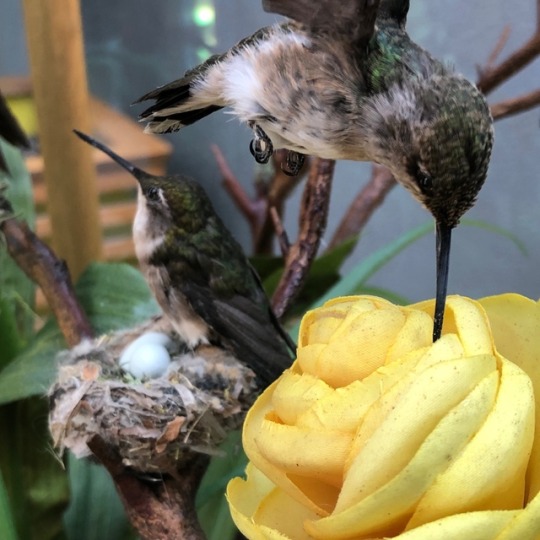
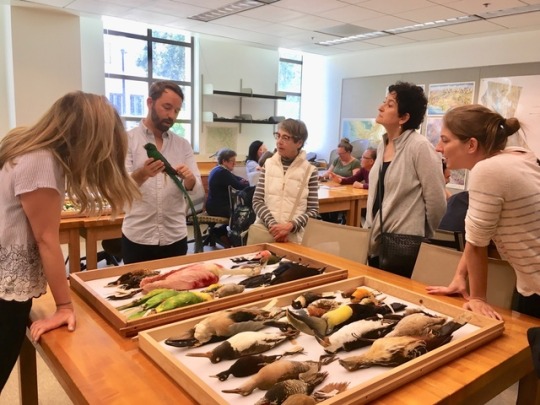

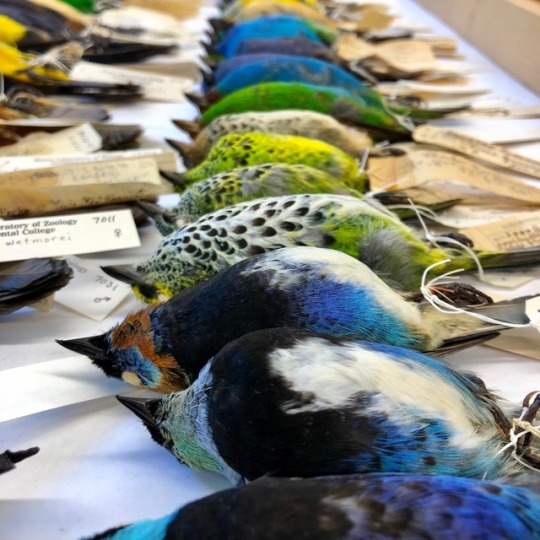
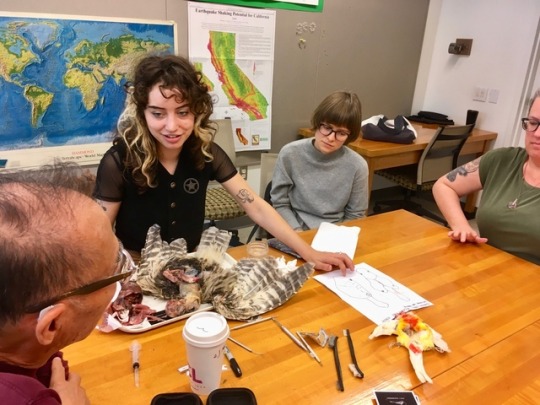

Here are some snaps from LA Science Weekend; an event by the New York Times & Atlas Obscura Society.
I was honored to be doing a workshop alongside the Moore Lab of Zoology about taxidermy for research and display. The guests were so fun and had so many great questions!
Also, I love working with the crew from the Moore Lab because it gives me the opportunity to ask my many bird questions to actual scientists. Getting an accurate piece of taxidermy is all about capturing natural behaviors and taxonomy.
Our Hummingbird cases from the Huntington exhibit even got to come out for an evening at the Line Hotel.
Did I mention we got to go to a Dino soirée at my alma mater, the Natural History Museum of Los Angeles?
A very doable weekend!
#taxidermy#preytaxidermy#allismarkham#science#ornithology#taxidermie#naturalhistory#biology#museums#birds#nytimes#moorelab#atlasobscura
135 notes
·
View notes
Text

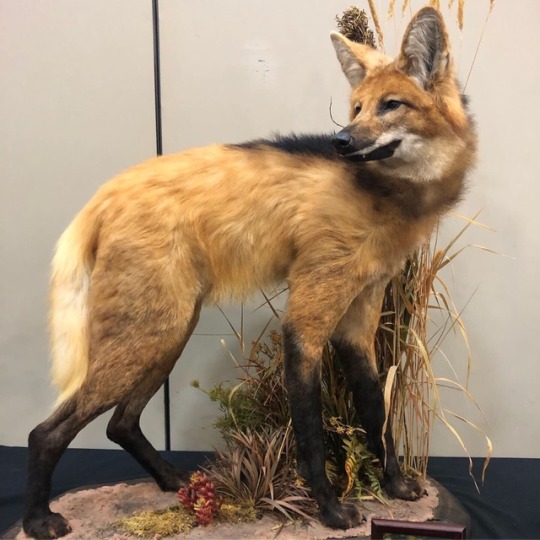
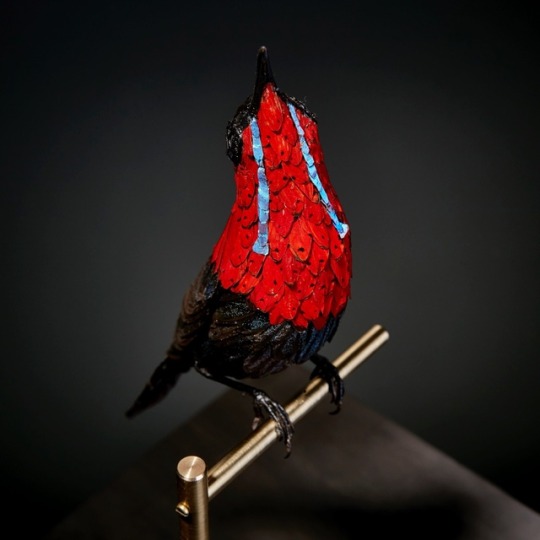



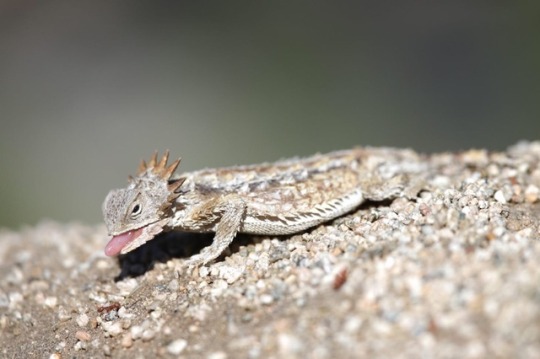

I’m back with the photos from the 2019 World Taxidermy Championships! This was an amazing year with some incredible work. I wish I had taken more photos!
The championships work like this: every two years, taxidermists from all over the world bring their finished pieces to the show to be judged by the gurus of taxidermy. They are separated by division (youth, novice, pro or master) and also by category (large mammal, waterfowl, non-game bird, sculpture, art, etc). Then ribbons & sometimes medals are awarded to the top pieces. It’s very competitive!
We also have a trade-show, seminars and an awards banquet. This year instead of competing, I was proud to give a seminar on ‘3D Technology & Taxidermy’. I’ll have to do a separate post on that!
Anyway, I’ll be back in Tumblr more regularly. I had to take a break but I have so many exciting things to show you all.
81 notes
·
View notes